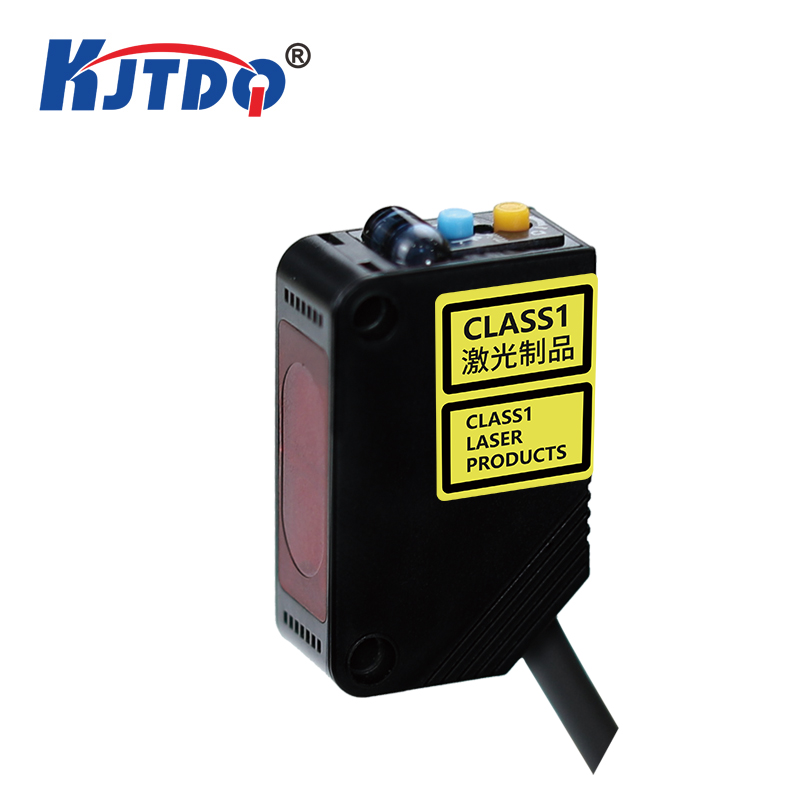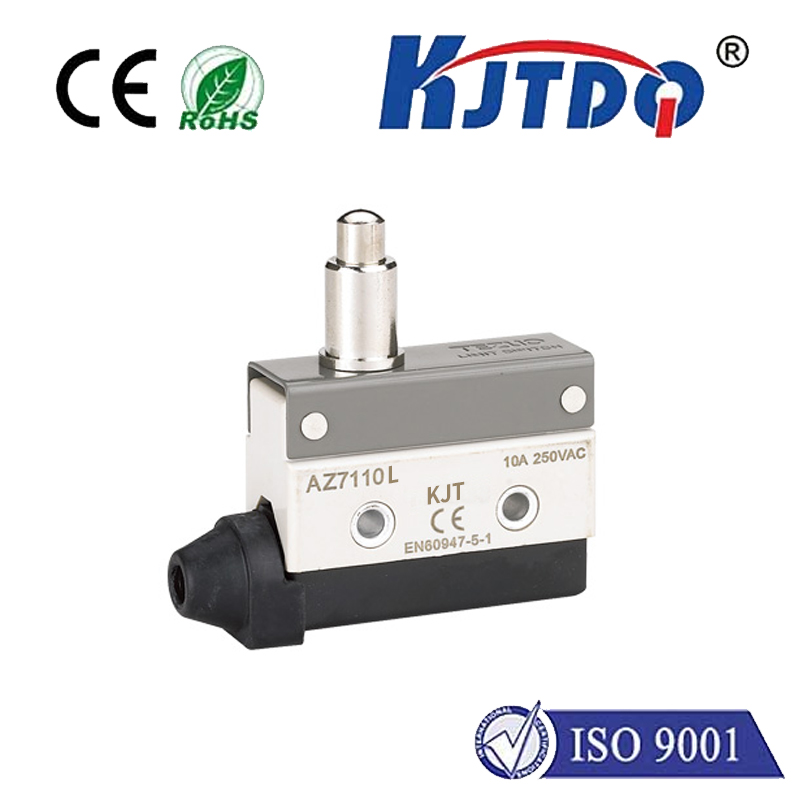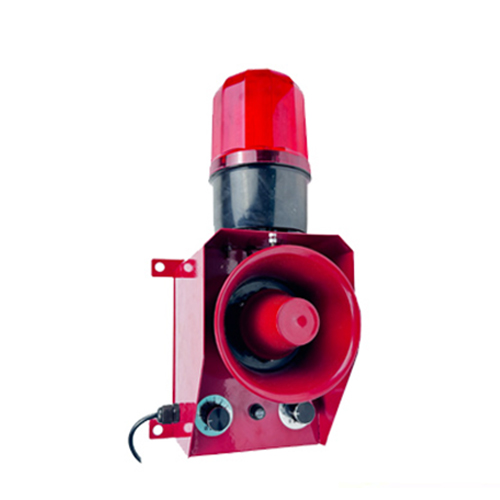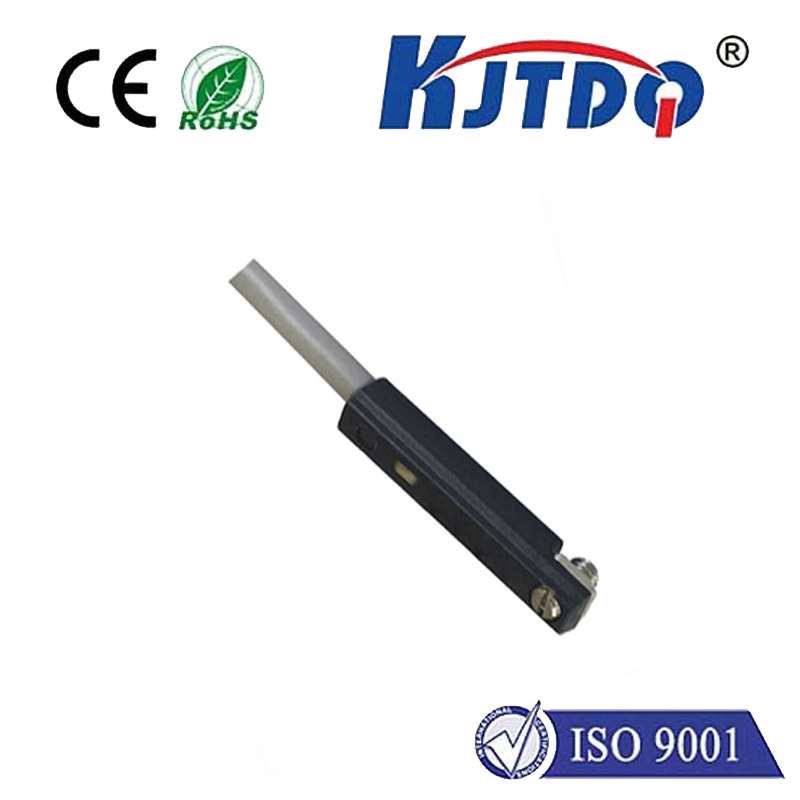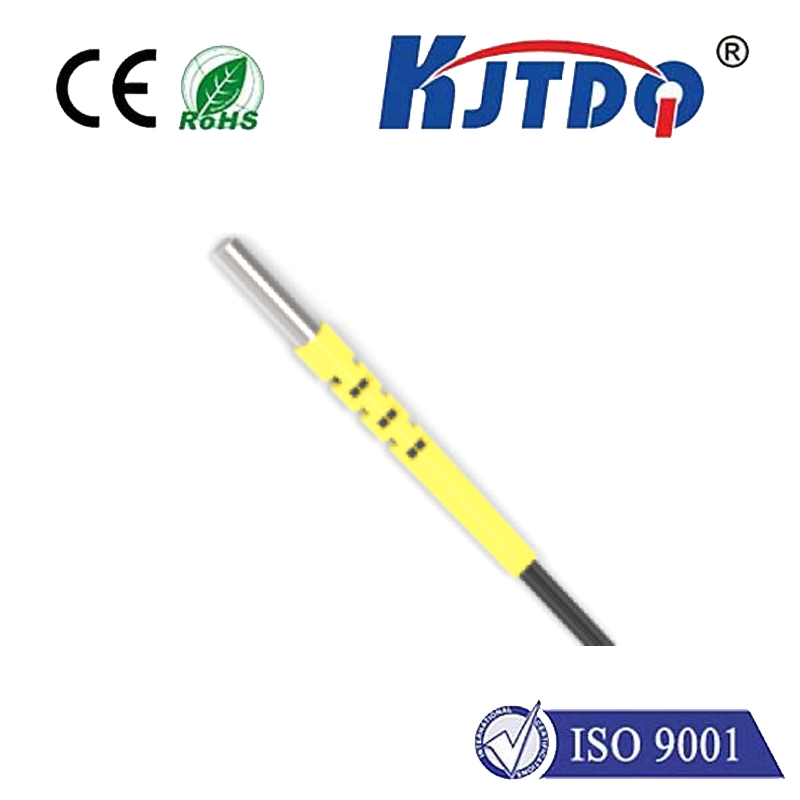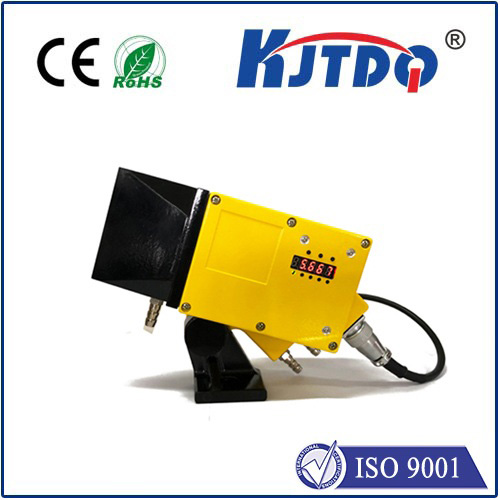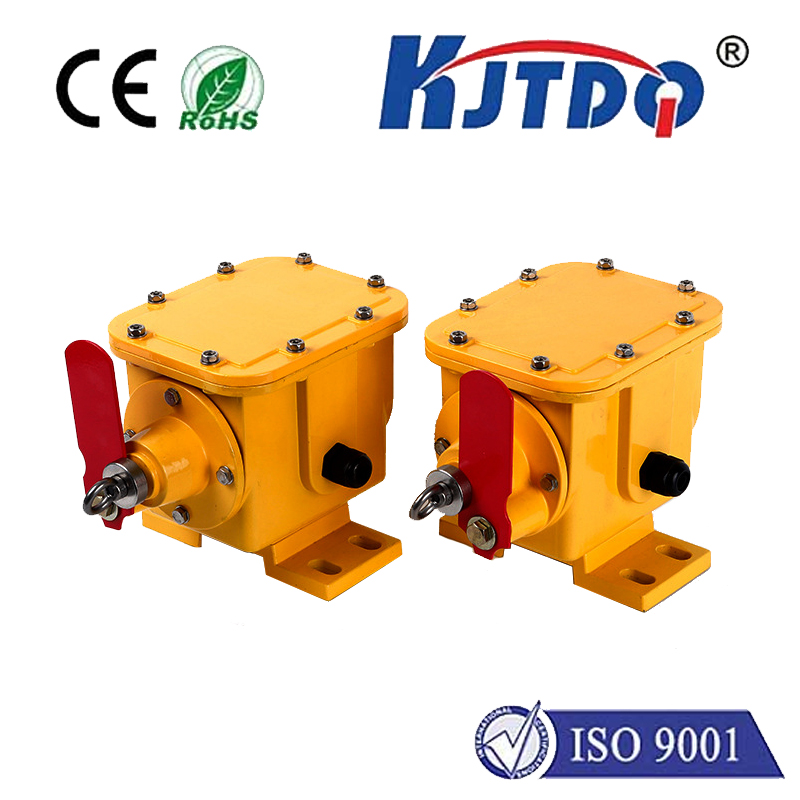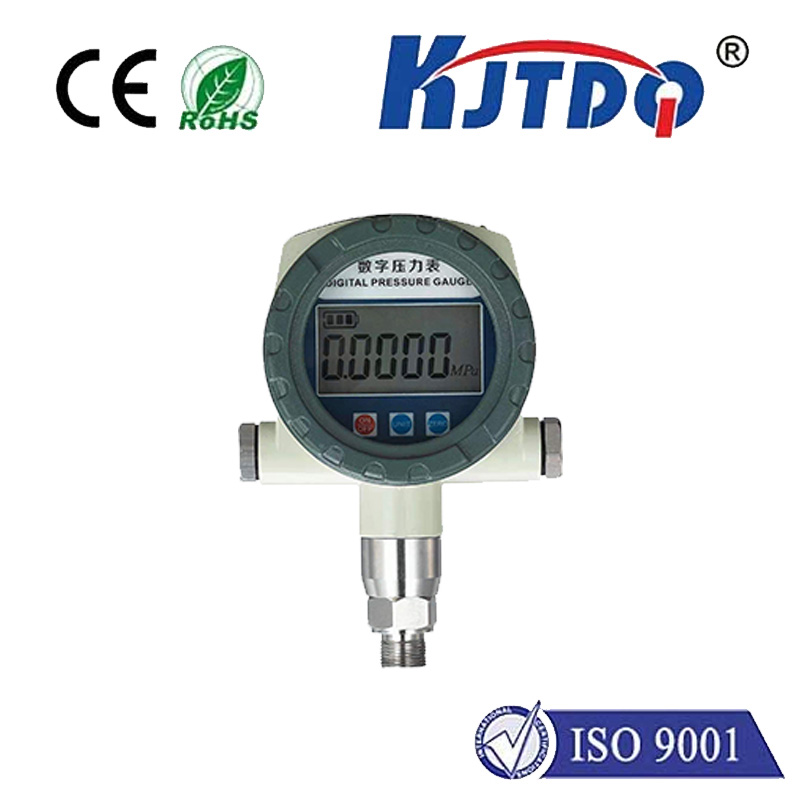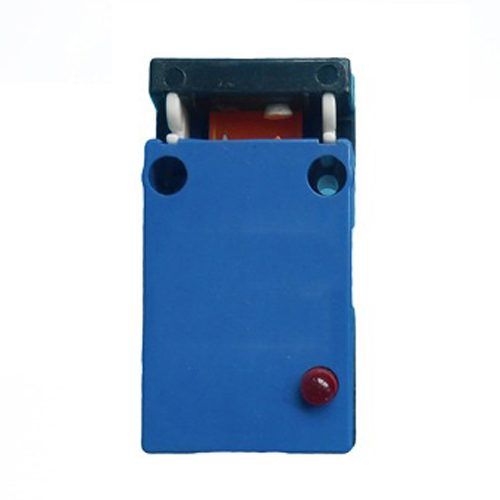pressure pad sensor
- time:2025-08-19 09:28:35
- Нажмите:0
Pressure Pad Sensors: The Invisible Technology Shaping Our Environment
You’ve likely interacted with one today without even realizing it. Stepped onto a modern scale? Used a touch-sensitive elevator button? Walked past a sophisticated security system? Chances are, a pressure pad sensor silently registered your presence, translating physical force into actionable data. These unassuming devices are the unsung heroes of countless applications, seamlessly bridging the physical and digital worlds. Understanding their capabilities reveals a layer of technology fundamental to modern convenience, safety, and efficiency.
At its core, a pressure pad sensor is a device designed to detect and measure applied force or weight distributed over a specific area – the “pad.” Unlike a single-point load cell, these sensors typically feature a larger surface area, making them ideal for detecting presence, occupancy, or applied pressure distribution. The magic lies in their ability to convert mechanical force into an electrical signal proportional to that force. This signal is then interpreted by connected electronics for monitoring, control, or alerting purposes.
How Do They Actually Work?
Most pressure pad sensors rely on one of two primary sensing principles:

- Resistive Sensing: This common method uses two flexible layers separated by a spacer. One layer has conductive traces, the other has a special force-sensitive resistive material. When pressure is applied, the layers make contact, changing the electrical resistance at the point of contact. More pressure means more contact area, leading to lower resistance. This change is easily measured.
- Capacitive Sensing: These sensors utilize changes in capacitance – the ability to store electrical charge. Typically, two conductive plates are separated by a compressible dielectric material (like foam). Applying force compresses the dielectric, bringing the plates closer together. This increases the capacitance, which is measured electronically.
- Piezoelectric Sensing (Less Common for Pads): While more typical for dynamic force measurement, some pads use piezoelectric materials that generate a small electrical charge when mechanically stressed. This charge is proportional to the applied force.
Regardless of the technology, the output is a variable electrical signal (voltage, resistance, or capacitance) that accurately reflects the force applied to the sensor’s surface. This versatile output makes them compatible with microcontrollers, PLCs (Programmable Logic Controllers), and various monitoring systems.
Where You’ll Find Pressure Pad Sensors in Action
The applications for pressure pad technology are remarkably diverse, demonstrating their adaptability:
- Healthcare & Wellness: Patient monitoring systems use pressure mats beside beds or chairs to alert staff if a vulnerable patient attempts to rise unsupervised. Smart scales often incorporate large pressure pads for accurate weight measurement. Advanced gait analysis systems use sensor arrays embedded in walkways to map foot pressure distribution, aiding in rehabilitation and sports science. Offloading pressure for diabetic foot care or preventing bedsores is another critical use.
- Security & Access Control: These sensors excel at intrusion detection. Concealed under carpets, rugs, or flooring, they trigger silent alarms when unauthorized weight is detected in secure areas. They can be integrated into door entry systems, activating only when a person steps onto a designated pad. Systems monitoring perimeters or specific assets rely heavily on pressure-sensitive mats.
- Industrial Automation & Manufacturing: On factory floors, pressure pads ensure operator safety by acting as presence mats near hazardous machinery – the machine only operates if the mat detects the operator is in the correct position. They are used for bin level detection (detecting when a container is full based on material weight), process control (verifying correct part placement or clamp force), and quality assurance (checking assembly pressure).
- Retail & Traffic Flow: Stores can gather valuable customer traffic data by embedding sensors in entrance mats. Queue management systems sometimes use pads to detect waiting lines. Vehicle counting and classification systems on roads or in parking garages often employ robust pressure pad sensors embedded in the pavement.
- Smart Homes & Consumer Devices: From automatic lighting activated when stepping onto a bathmat to security systems protecting valuables, pressure pads add intelligence to the home environment. Interactive floors for gaming or exhibits leverage sensor arrays. Even many modern computer keyboards utilize pressure-sensitive zones beneath keys.
Key Considerations When Choosing a Pressure Pad Sensor
Selecting the right pressure pad isn’t one-size-fits-all. Critical factors include:
- Size & Shape: The sensor must fit the physical application area (e.g., under a doormat, beside a hospital bed, in a floor tile).
- Sensitivity & Range: What is the minimum weight/pressure to detect (e.g., a small animal vs. a person)? What is the maximum expected load? This defines the sensor’s force range.
- Accuracy & Resolution: How precise does the measurement need to be (simple presence detection vs. precise weight measurement)?
- Output Signal: What type of signal does your system require (simple switch closure, analog voltage, digital I2C/SPI)?
- Environmental Factors: Will it face moisture, chemicals, extreme temperatures, UV exposure, or heavy abrasion? Ruggedness and ingress protection (IP rating) are crucial for demanding settings like industrial floors or outdoors. Consider durability.
- Response Time: How quickly must it react to force application/removal?
- Flexibility & Thickness: Does it need to bend to fit a curved surface? How thin can it be to avoid tripping hazards or visual detection?
The Future of Force Detection: Smarter and More Integrated
Pressure sensor pad technology continues to evolve. We see trends towards:
- Enhanced Sensing Capabilities: Development of ultra-thin, highly flexible sensors that are nearly imperceptible.
- Higher Resolution: Moving beyond simple presence detection towards detailed pressure mapping across large surfaces, enabling applications like advanced posture analysis or interactive floors.
- Wireless & IoT Integration: Easier connection to networks for remote monitoring, data logging, and integration within broader smart ecosystems. Wireless pressure mats offer greater installation flexibility.
- Increased Durability & Lower Cost: Advances in materials science promise sensors that last longer in harsh environments while becoming more affordable for wider adoption.
- AI Integration: Combining pressure sensor data with artificial intelligence algorithms to interpret patterns, predict events (like potential falls in elderly care), or enable more intuitive human-machine interfaces.
From safeguarding patients to securing premises and optimizing manufacturing, the pressure pad sensor operates silently yet indispensably. Its ability to transform physical interaction into reliable, quantifiable data makes it a cornerstone technology across an astonishing array of industries. As the technology advances towards greater sensitivity, intelligence, and integration, these unseen sensors will continue to profoundly shape how we monitor, interact with, and secure our physical environment. The next time you step on a mat or platform, consider the sophisticated technology likely sensing your presence just beneath the surface.

